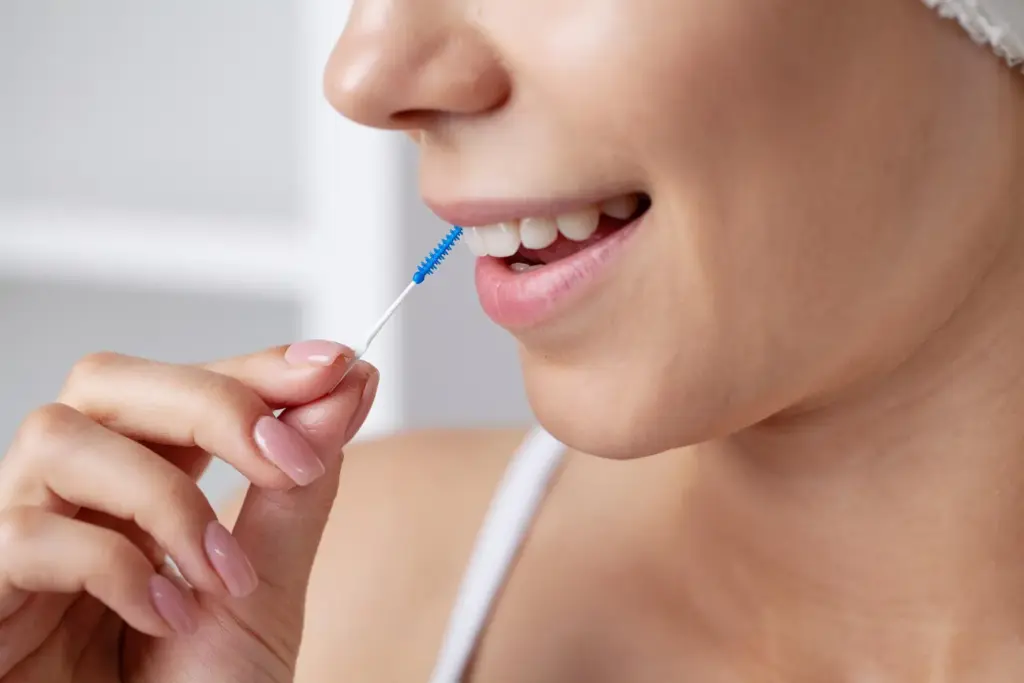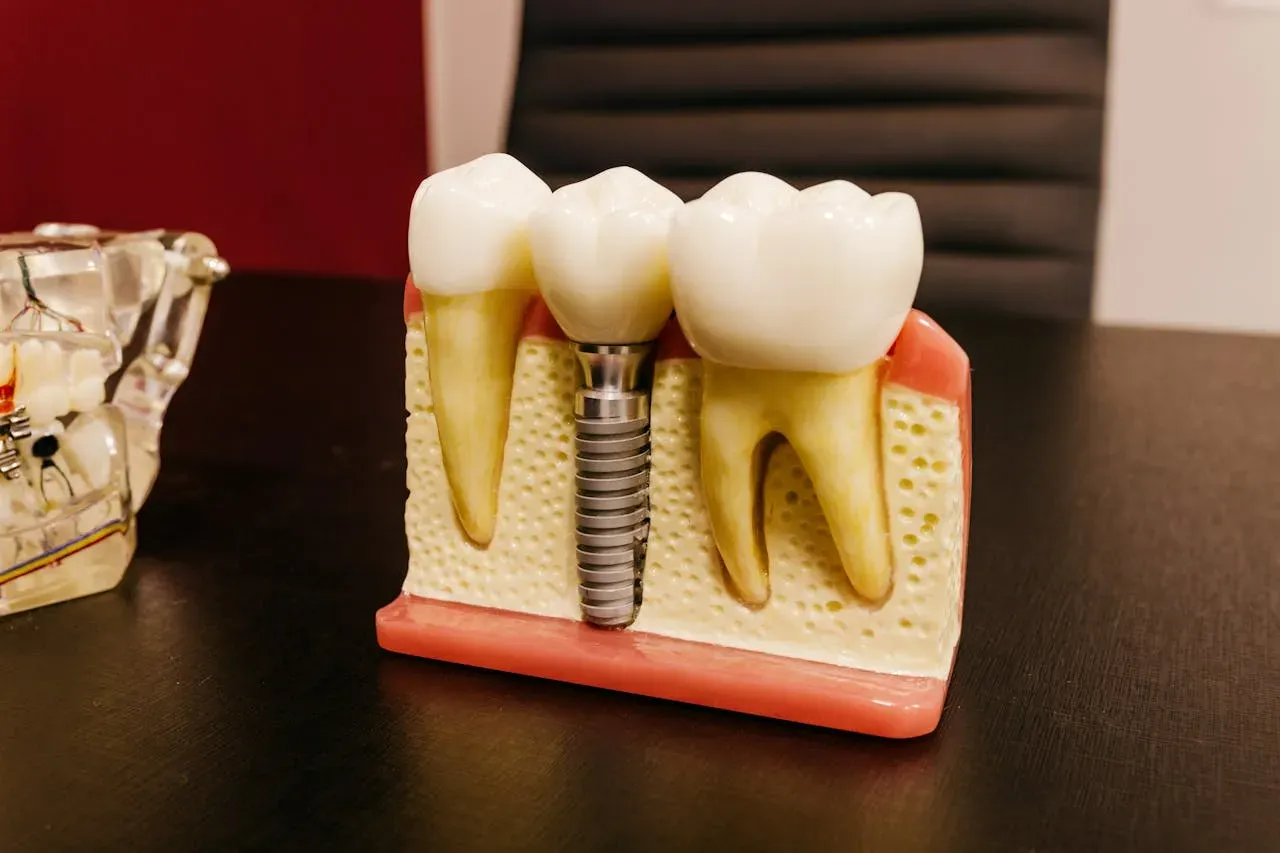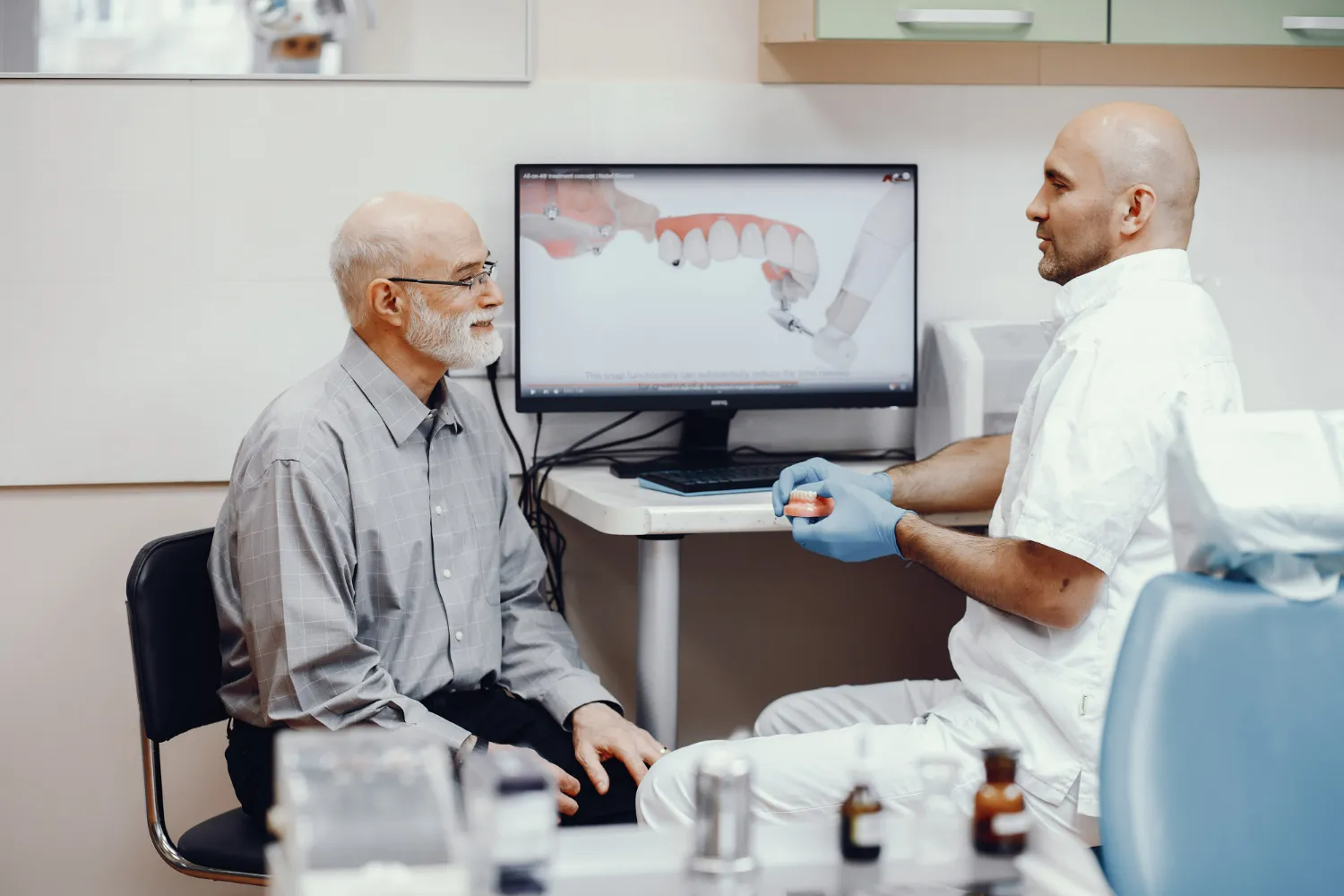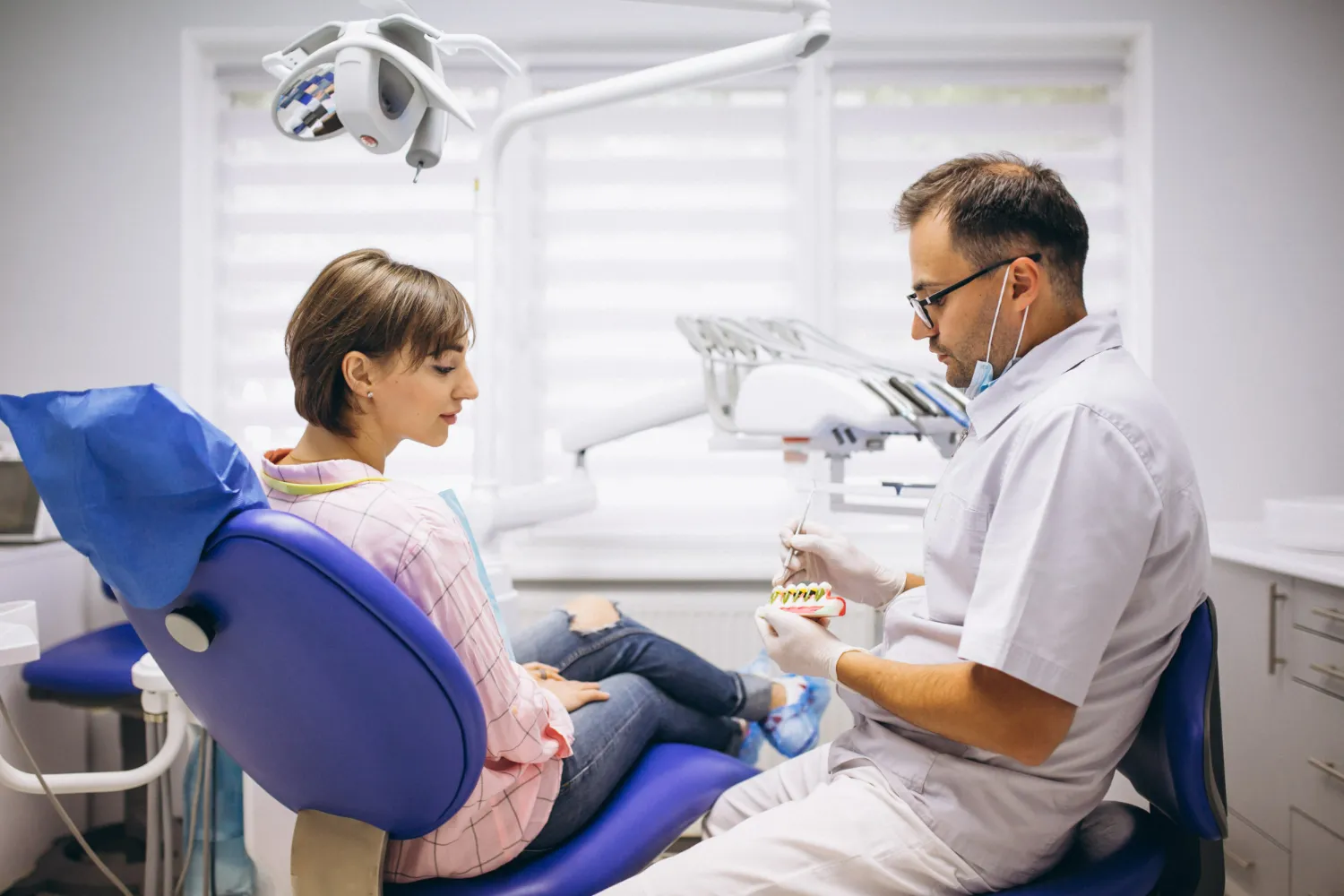You have had your implant placed, and you want everything to settle quickly. The good news is that most people recover smoothly with a calm routine, clear instructions and a touch of patience.
If you would like a step-by-step picture of appointments and timelines, this guide on what to expect during the dental implant process is a useful companion.
What is healing after implant surgery
Two things are happening. Your gum is closing comfortably around a small access point and, deeper in the jaw, bone is bonding to the titanium surface. Dentists call this osseointegration. Early healing focuses on comfort, swelling control and keeping the area clean. Deeper healing carries on quietly for weeks. Your own plan may differ depending on the number of implants, whether you had a graft and your general health, so always follow the written instructions from your dentist first.
First 72 hours game plan
Use this short checklist for the first couple of days. It keeps things practical and easy to follow.
Quick steps that help
- Rest and protect
Prop your head slightly when resting and avoid heavy lifting for a couple of days. A clear hospital guide on life straight after surgery is here under after having a dental implant. - Control swelling
Use a cool pack on and off for the first day. Short, gentle intervals are enough. Avoid heat over the area. - Soft, cool meals
Sip water often. Choose yoghurt, eggs, soups and tender fish. Chew on the opposite side if you can and take your time with meals. - Clean without disturbing the site
On the first night, brush the rest of your teeth as normal and keep away from the stitches. From the next morning, start warm salt water bathing a few times a day unless your dentist has advised a specific rinse. The NHS explains simple mouth care in its page on wisdom tooth removal recovery, and the same salt water method applies here. - Take medicines exactly as directed
Follow your prescription instructions. Only take over-the-counter pain relief if it suits you and does not clash with other medicines. When in doubt, ask your dentist or pharmacist.
Week 1 to 2 steady routine
The aim for this period is calm, cleanliness and comfortable function. Expect small changes each day rather than dramatic leaps.
- Daily cleaning around the site using a soft brush and any special brushes your dentist has recommended.
- Salt water bathing or a prescribed mouthwash as directed.
- No smoking because it reduces blood flow and slows healing.
- Gentle chewing on suitable foods while the gum settles.
- Short walks and light activity if you feel up to it. Many people return to work quickly once comfortable.
For clear professional recommendations on long-term protection, see the summary of advice on general care of dental implants.
At-a-glance timeline
| Time period | What to focus on | Why it helps |
| First evening | Brush the rest of your teeth gently and avoid the site | Keeps plaque away while the clot stabilises |
| First 24 hours | Cool packs, soft foods, plenty of water | Calms swelling and keeps you comfortable |
| Days 2 to 7 | Salt water bathing, careful brushing, and no smoking | Supports the gum as it closes and reduces infection risk |
| Week 2 | Return to normal brushing with any special tools advised | Keeps the area clean as stitches dissolve or are removed |
| Ongoing | Professional maintenance and reviews | Early tweaks prevent bigger problems |
Daily cleaning kit
Your dentist or hygienist will tailor this, but most people do well with:
- A soft, compact toothbrush
- Interdental brushes sized to your spaces
- Super floss or implant-safe floss if recommended
- Warm salt water bathing or a prescribed rinse at the stated times
If you would like hands-on coaching with the right brush sizes and techniques, our friendly dental hygienist in Cardiff can show you what works best for your specific implant and bite.
Habits that support faster healing
Keep diabetes well controlled
Stable blood sugar supports wound healing and lowers the chance of problems around implants. If you monitor at home, keep a log and share it at review appointments. If you do not monitor at home, ask your medical team about the best approach in the first fortnight.
Eat for recovery
Choose balanced, protein-rich meals in the first week. Soft scrambled eggs, porridge, soups, Greek yoghurt and tender fish are easy to manage. Add fruits and vegetables in forms that suit your comfort level, such as smoothies or well-cooked vegetables. Build back to your usual menu as chewing feels easier.
Maintain overall oral health
Good daily hygiene and regular check-ups protect the tissues that support your implant. The principles in NICE guidance on oral health in dental practice align closely with the advice your dentist will give you.
Understand the bigger picture
If you prefer a neutral public overview of treatment and suitability, the NHS overview of dental implants outlines the basics in plain language.
Common questions
Can I wear my denture while I heal?
If you use a partial denture near the implant site, your dentist will tell you if it needs adjusting or a short break. Many people can still wear it with care during the first weeks. If it rubs, stop wearing it and contact the practice for a simple adjustment.
When can I brush right over the area?
Start by brushing the rest of your mouth on the first night and avoid the site. From the next morning, you can bathe with warm salt water, then return to full brushing as comfort allows and as your dentist advises. If a special brush or gel has been recommended, follow that plan first.
How soon can I get back to the gym?
Light activity and short walks are fine early on. Leave strenuous training for a few days and use comfort as your guide. If you clench or grind at night, ask about a protective night guard once healing is established.
Does good care really change long-term results?
Yes. Keeping the area clean, avoiding smoking and attending reviews are the quiet habits that protect implants for years. If you are curious about typical lifespans and the part maintenance plays, this short read on how long dental implants last sets expectations clearly.
Long-term maintenance
Once the gum has healed and your final crown or bridge is fitted, most people forget the implant is there. Keep up the basics and attend regular reviews. If you like a simple checklist on prevention, our page on routine dental care explains how home care and scheduled hygiene visits keep everything on track, implants included.
Final thoughts
Healing is not about tricks. It is about a steady plan in the first week, consistent cleaning, sensible food choices and timely follow-up. When you are ready to explore treatment or discuss enhancing comfort and stability, visit our dental implants page and book a friendly consultation.
